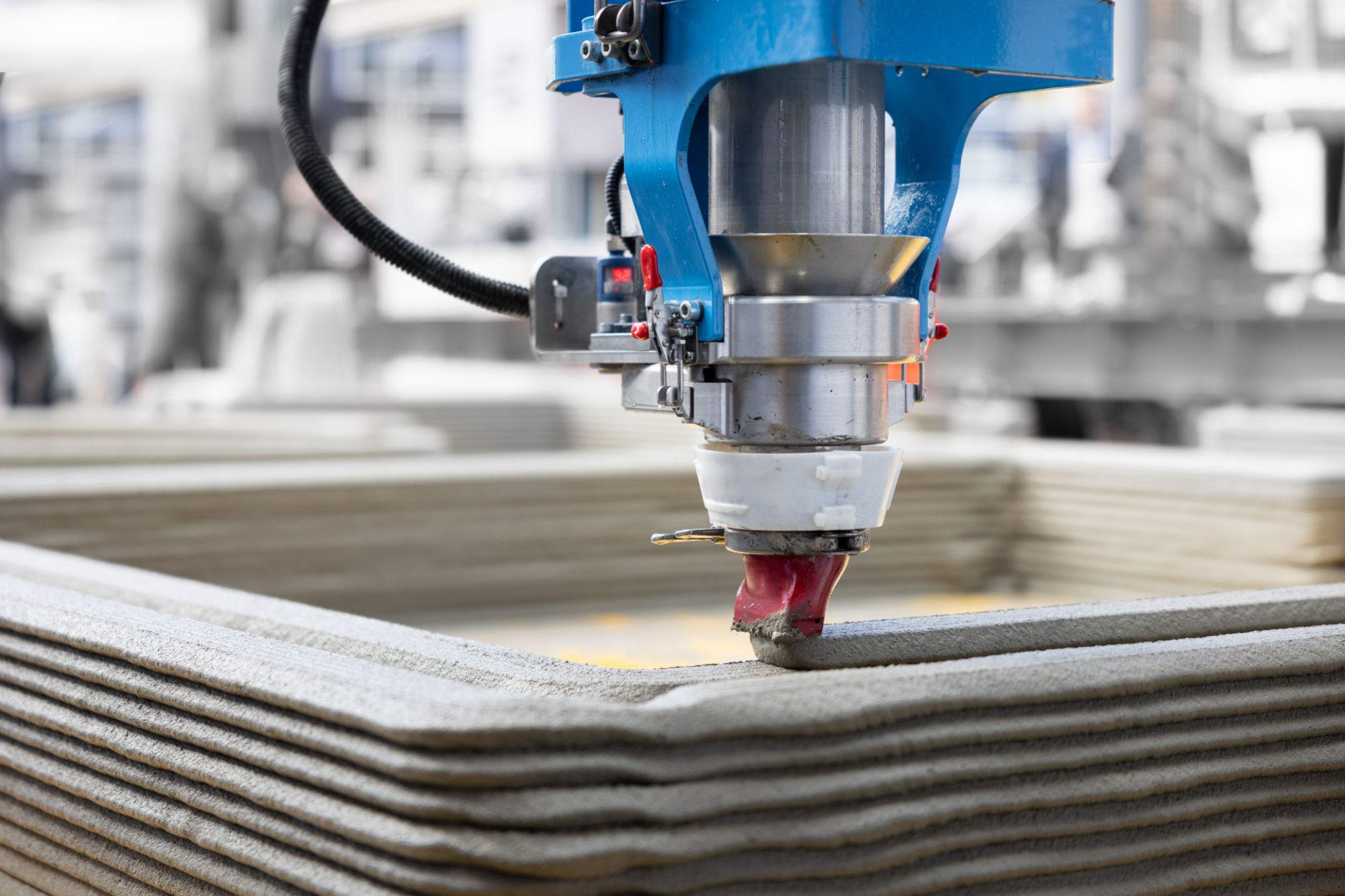Top Trends in Construction Technology: What’s Shaping the Industry
Introduction to Construction Technology Trends
The construction industry is undergoing a technological revolution that is reshaping how projects are planned, executed, and maintained. Driven by innovation, these advancements aim to enhance efficiency, safety, and sustainability. From smart wearables to autonomous equipment, here are some of the top trends in construction technology that are transforming the industry.

Building Information Modeling (BIM)
One of the most significant developments in construction technology is Building Information Modeling (BIM). This digital representation of a building's characteristics allows for improved collaboration among stakeholders and better decision-making throughout the project lifecycle. BIM facilitates the visualization of a project's physical and functional aspects, enabling teams to identify potential issues before they become costly problems.
The Benefits of BIM
BIM's advantages include enhanced project visualization, streamlined communication, and reduced errors. By employing BIM, construction teams can work more efficiently and minimize waste, ultimately saving time and resources. As a result, BIM has become an integral tool for modern construction projects.
3D Printing
3D printing is revolutionizing the construction industry by offering innovative solutions for creating complex structures with precision and speed. This technology enables the production of customized building components on-site, reducing the need for traditional manufacturing processes.

Applications and Advantages
The use of 3D printing in construction offers numerous benefits, such as lower material costs, reduced waste, and faster project completion times. Additionally, this technology allows for greater design flexibility, opening up new possibilities for architects and engineers.
Autonomous Equipment
Autonomous construction equipment is gaining traction in the industry due to its potential to improve safety and efficiency on job sites. These machines can perform repetitive tasks with precision, reducing the risk of human error and accidents.
The Future of Autonomous Machines
As technology advances, autonomous equipment is becoming more sophisticated, with capabilities like remote operation and real-time data analysis. This trend is expected to continue as companies invest in smart machinery to enhance productivity and reduce labor costs.

Wearable Technology
Wearable technology is making its mark in construction by offering safety enhancements and performance optimization for workers. Devices such as smart helmets and vests provide real-time data on worker health and environmental conditions, leading to improved safety protocols and incident prevention.
Impact on Worker Safety
By monitoring factors like heart rate and temperature, wearable technology helps prevent accidents and ensures that workers are operating within safe parameters. This proactive approach to safety is crucial in an industry where hazards are prevalent.
Conclusion: Embracing the Future of Construction
The integration of these cutting-edge technologies in the construction industry is not just a trend but a necessity for staying competitive. By embracing these advancements, companies can enhance project outcomes, improve safety standards, and achieve greater sustainability. As technology continues to evolve, it will be exciting to see how these trends shape the future of construction.
